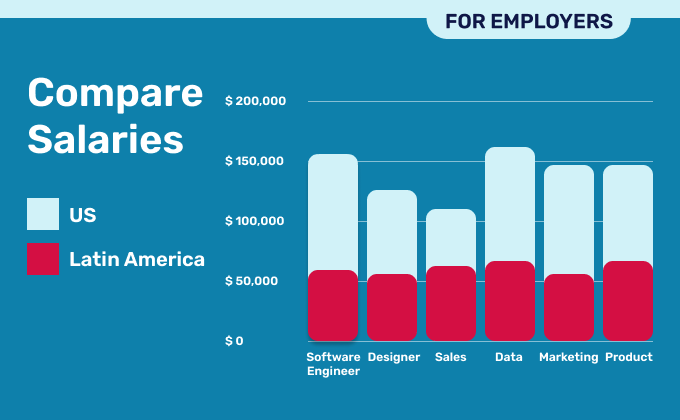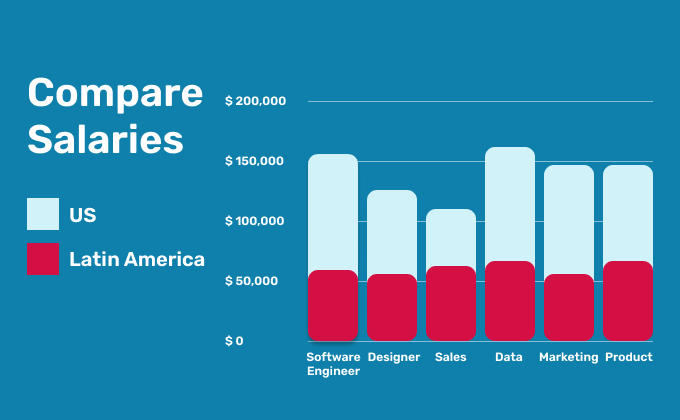
Data science field: empowering business
Data Science Field: Empowering Business

The Data Science field has become a vital discipline in today’s market, where businesses increasingly prioritize data-driven decision-making. It’s a transformative field that has the power to revolutionize industries, starting with collecting and processing data and turning it into valuable information that can aid decision-making. This multidisciplinary approach combines principles and practices from various fields, such as mathematics, statistics, artificial intelligence, and computer engineering, to analyze vast amounts of data.
Leveraging data for decision-making empowers organizations to make informed decisions based on facts and insights. This reduces the risk of costly errors and enhances overall business performance. By analyzing customer data, organizations can better understand their customers’ needs and preferences, enabling them to deliver personalized experiences and build lasting relationships. Data-driven insights can help organizations optimize their operations, streamline processes, and identify areas for improvement, ultimately reducing costs and increasing profitability. Data-centric businesses can harness the power of data to identify new opportunities, develop innovative products and services, and stay ahead of the competition, empowering them to shape the future of their industries.
In the rapidly evolving world of Artificial Intelligence, data science also plays a pivotal role in developing and implementing AI-based systems. Data is an indispensable component of any AI-based system, making data science a crucial field in the current technological landscape.
As a top Latin talent, we understand the importance of data professionals. Here are some of the profiles you can connect with in Latin America focused on Data Science.
Data professionals
1. Data Scientist
A strategic professional who utilizes advanced statistical techniques and machine learning algorithms to analyze complex and unstructured data. They aim to extract insights, forecast trends, and develop data-driven solutions.
2. Data Analyst
A specialist who extracts, cleans, and analyzes structured data to provide descriptive and diagnostic insights supporting day-to-day business operations and decision-making.
3. Data Engineer
A professional responsible for designing, developing, and maintaining systems that process large volumes of data. They obtain, refine, filter, and prepare data for subsequent exploitation.
4. Database Administrator
A professional responsible for managing, securing, and maintaining data within one or more data systems. They ensure data integrity, implement security measures, and optimize database performance.
5. Data Architect
A professional who plays a crucial role in shaping a company’s data strategy, influencing data quality standards, data flow management, and data security measures.
6. Data and Analytics Manager
A professional who leads data analytics teams, oversees their operations, and stays abreast of industry trends.
7. Business Analyst
A professional who focuses on improving business processes, implementing technology, and conducting budgeting within an organization.
8. AI/ML Engineer
An IT professional specializing in researching, designing, and building self-running artificial intelligence (AI) systems to automate predictive models. They focus on developing machine learning (ML) models that empower data-driven applications and intelligent solutions. As a top Latin talent, we understand the importance of data professionals. Here are some of the profiles you can connect with in Latin America focused on Data Science:
These roles are integral to various stages within the data life cycle, and it’s important to understand that the company needs to hire the best data profile for your business.
Data Life Cycle
1.Business understanding
To achieve your company’s objective, you need to start by identifying the variables that require analysis and the data that can be helpful in predicting and supporting your business needs. It is essential to understand the potential of data and how you can leverage it to generate valuable insights for your business by asking the right questions.
2.Generation
Sometimes, the data already exists and you just need to collect it. However, more often than not, you will need to use the appropriate tools to generate the data before you can collect it in the next step.
3.Collection
When collecting information, filter out irrelevant data to focus on pertinent information aligned with the business need of the first step.
3.Processing
Activities such as data wrangling, where raw data is refined and transformed for improved accessibility; data compression, to condense data for more efficient storage; and data encryption, to safeguard privacy.
4.Storage
Establishing databases or datasets to securely store data for future access, ensuring data integrity even in the event of source corruption.
5.Management
Organizing, storing, and retrieving data throughout its lifecycle, encompassing storage, encryption, and implementing access controls for data security.
6.Analysis
Extracting meaningful insights from raw data through various analytical processes.
7.Visualization
Presenting data analysis through graphical representations facilitates understanding for internal and external audiences.
8.Interpretation
Examining and understanding the implications of data analysis within the context of expertise, providing insights beyond mere description to drive informed decision-making.
In conclusion, the cornerstone of success in today’s data-driven world lies in the hands of adept professionals with the expertise to navigate the entire data lifecycle seamlessly. From the inception of data generation to its culmination in actionable insights, these professionals ensure the efficiency and efficacy of data utilization within businesses. Their ability to comprehend the nuances of data and their proficiency in employing advanced analytical techniques enable organizations to derive maximum value from their data assets. As a result, businesses can make informed decisions, drive innovation, and ultimately achieve heightened effectiveness in their operations. Thus, investing in and nurturing a cadre of skilled professionals who understand the intricacies of the data cycle is paramount for any organization aspiring to thrive in today’s competitive landscape.










